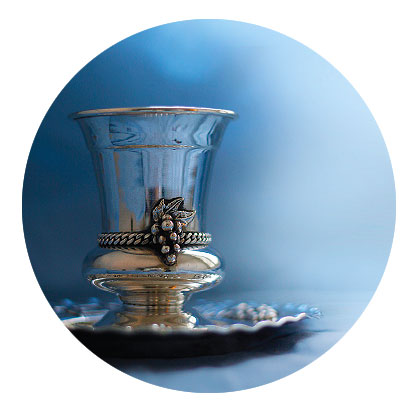Who’s in the Driver’s Seat?


“… and she [the captive woman] should cry for her father and mother for a month of days…” (Devarim 21:13)
The Torah addresses the concept of ishah yefas toar, a captive woman that a Yisraeli wants to marry. The Torah permits this, provided they wait one month, which she spends in mourning. The Zohar tells us that would take place during Elul. “Coincidentally,” we always read this parshah during Elul.
The Sifri gives two possible explanations for what she could be crying about. Rabi Eliezer says she is crying for her parents. Rabi Akiva says she is crying for her avodah zarah.
Why would we give her a month to cry about missing avodah zarah? (Rav Mordechai Miller, Shiurim L’yom HaShabbos)
I’d been driving since I was 18, more or less uneventfully. But that changed when circumstances brought me to South Africa.
“I’ve rented a car,” my husband said.
“Let’s drive to a safari!”
“That’s 15 hours away!”
“But I love driving!”
“You know, they drive on the other side of the road here.”
Dovid Hamelech says in Tehillim (111:10): “Reishis chochmah yiras Hashem — the first part of wisdom is fear of Hashem.” A person’s youthful impressions form his values. It’s very hard to reverse early indoctrination.
That’s why we allow the woman to cry for her avodah zarah. Before she can choose to change her lifestyle and youthful habits, she first has to mourn.
“If Sir and Madame will follow me.” A porter dressed in livery uniform held out our keys.
Madame. I can live with that.
“Here’s your car,” he said, bowing low.
I nearly bowled myself over in hysterics. “D’ja see that? He bowed to us!”
“Control yourself,” my husband whispered, mortified at my unsophisticated behavior.
“Who’s driving? Sir or Madame?”
“Sir— I mean, I am.” My husband reached for the keys.
“If so, would Sir be so kind as to go to the driver’s side of the car?”
Right. We both peered into the car like yokels beholding a horseless carriage.
“I think I drove this way in an amusement park about 20 years ago.” My husband folded himself into the passenger/driver’s side of the car. “Let’s see what I remember.”
“Go right,” I warned him. “I mean left. Stay on the right. The right! Not the wrong side!”
“Stop being a backseat driver,” growled my partner, as he navigated out of the garage.
“But I’m in the driver’s seat!” I quipped. “Watch that pole!”
“GPS says to make a right. That’s the far lane of traffic,” I reported.
“Entering rotary!” sang the GPS.
“What’s a rotary?”
“Well, ya know, like the old phones. My mother had one for ages. You turn it to dial, so the rotary must be a traffic circle, but you—”
“Have to enter it from the other side!” we finished together to the blaring of horns.
This is why we read this during Elul. We learn from here how difficult it is to break habits ingrained through years of action. Every moment of this month should be used in cheshbon hanefesh to uproot what we’ve become accustomed to doing.
I found driving ridiculously hard. When was the last time I had to think about right and left turns? My brain did it automatically. And why did they put the blinkers on the wrong side of the steering wheel? I kept accidentally turning on the windshield wipers.
The worst was when I went grocery shopping. We were warned constantly not to be out after dark. But left-right brain changes take time, and when I exited the store it was pitch-black. I tiptoed cautiously toward my car.
“Madame!” A man emerged from the shadows to my right. I screamed, ready to run.
“So sorry, Madame!” The man bowed low.
South Africans were notoriously polite. Did they bow and politely request to mug you?
“I’m here to help Madame with her bags.”
Oh. I wasn’t getting murdered, after all. I unlocked the trunk, and the valet bowed again, put my bags in, then vanished.
Shaking, I climbed into the car, once again entering on the wrong side.
Habits die hard. It was time to accept that I’d never really been in the drivers’ seat.
(Originally featured in Family First, Issue 606)
Oops! We could not locate your form.


